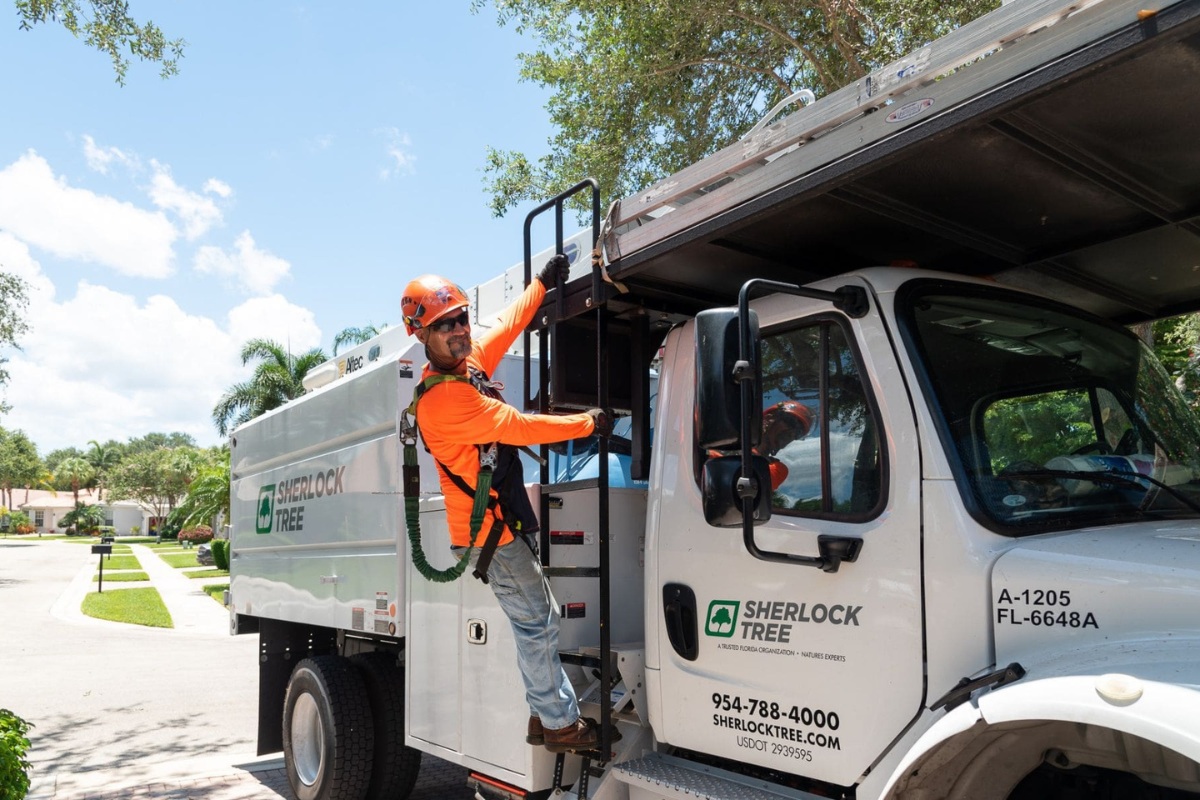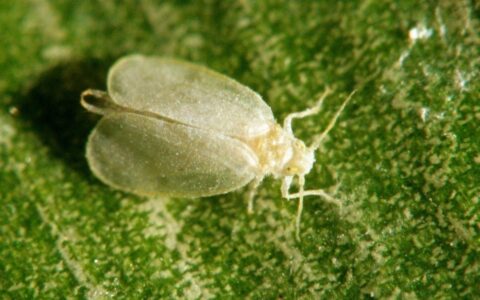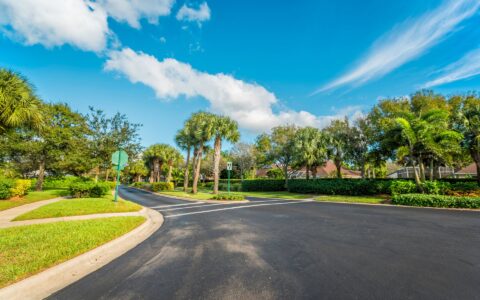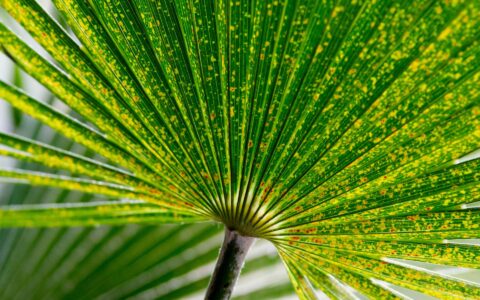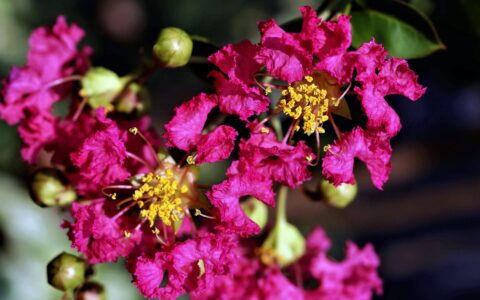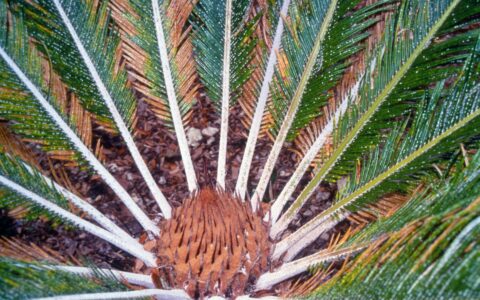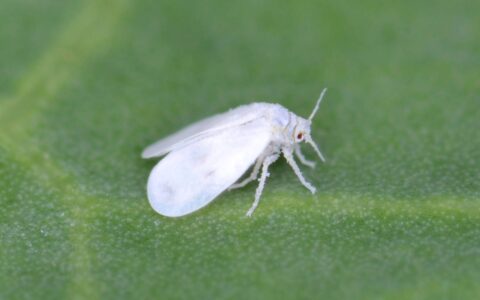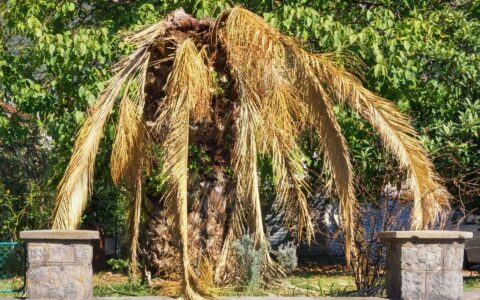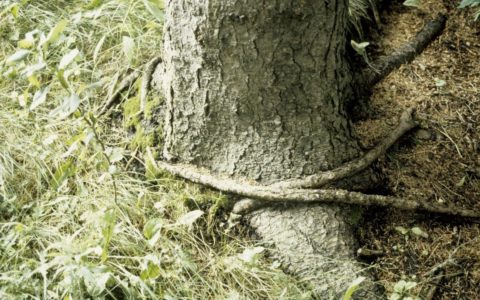Walking through the lush tropical landscapes of South Florida, you might admire the towering palms swaying gently in the breeze, creating perfect shade over manicured lawns. But look closer at those pristine fronds, and you may notice something unsettling: subtle bronze or yellow edges creeping across once-vibrant green leaves.
Lethal bronzing and lethal yellowing diseases are silently stalking through South Florida neighborhoods from Coral Gables to Wellington, transforming these majestic landscape centerpieces into dying monuments. But with the right knowledge about early warning signs, prevention strategies, and professional treatment options, you can protect your valuable palms and preserve the tropical beauty that makes your property a true South Florida paradise.
Key Takeaways
- Once symptoms appear for lethal bronzing (or lethal yellowing), your palm cannot be saved – early detection through regular monitoring is your only defense.
- Both diseases can hide in your palms for months before showing visible signs, spreading silently to neighboring trees.
- Professional testing is essential because symptoms often mimic common palm problems like nutrient deficiencies.
- Immediate removal of infected palms prevents the disease from spreading to your healthy trees.
- Preventive antibiotic treatments can protect healthy palms in areas where disease has been detected.
What Is Lethal Bronzing Disease?
First detected in Texas in the early 2000s, lethal bronzing disease (LBD) reached Florida in 2006, turning up in Tampa. Originally called “Texas Phoenix Palm Decline” because of its Texas discovery and initial impact on Phoenix palm species, researchers soon renamed it. “Lethal bronzing” gave the disease a more accurate name as it continued to spread beyond state borders and began killing palm species outside the Phoenix genus.
The disease now affects 37 of Florida’s 67 counties, with particularly heavy impacts across the tri-county area of Broward, Palm Beach, and Miami-Dade. This bacterial disease, caused by a phytoplasma (a type of bacteria without a cell wall) living in the phloem tissue that attacks the palm’s vascular system by targeting the nutrient-rich sap that flows throughout the tree.
When this transport system becomes infected, the palm essentially starves from within, unable to move the food and water it needs to survive. This internal disruption explains why infected palms decline so rapidly once symptoms become visible.
How Lethal Bronzing Spreads in South Florida
The disease spreads through the feeding activity of sap-sucking insects called leafhoppers and planthoppers, particularly a small insect called the palm cixiid (Haplaxius crudus). These tiny, straw-colored insects are less than a quarter-inch long and pierce palm fronds to feed on the nutrient-rich sap inside – inadvertently transferring the lethal bacteria in their saliva from infected palms to healthy ones.
Recent breakthrough research made a remarkable discovery in 2023: infected palms emit specific chemical signals that warn nearby healthy palms of the threat. Using specialized detection equipment that can identify volatile organic compounds (similar to how we might smell flowers), researchers found that healthy palms respond by producing their own defensive compounds with antimicrobial properties.
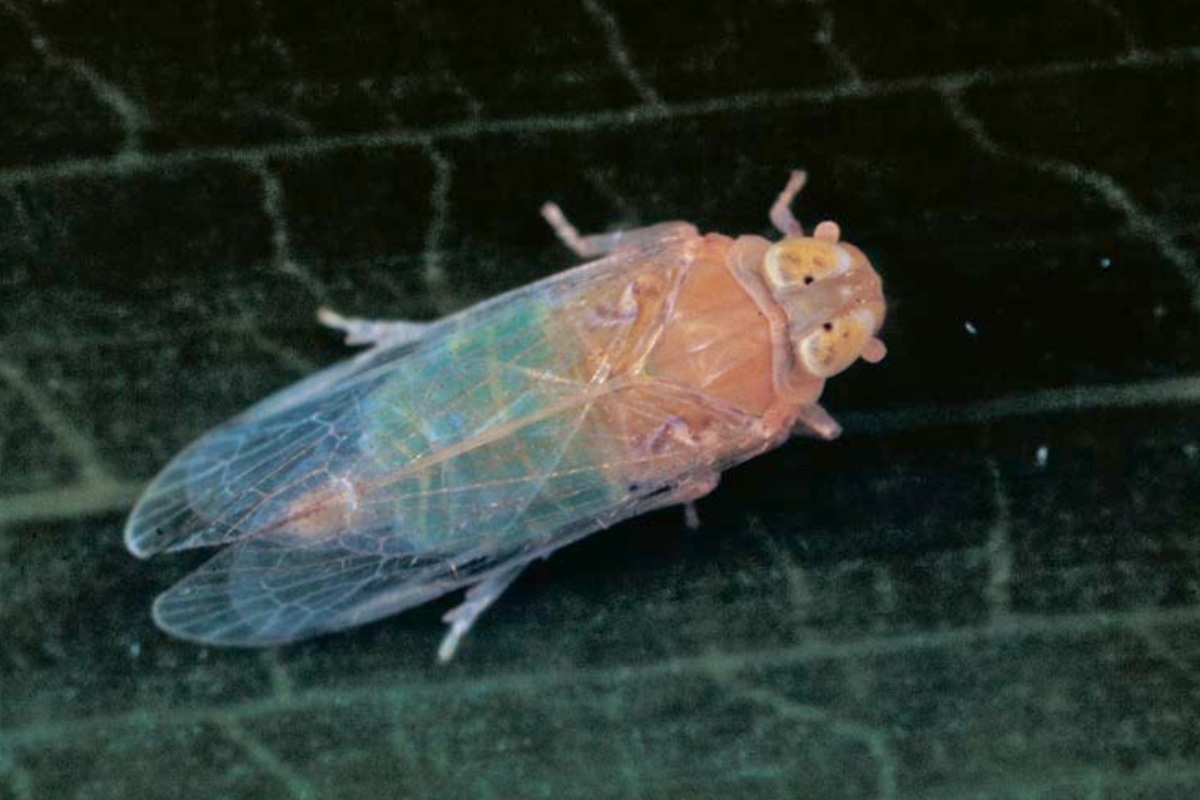
Palm Cixiid, photo by J.D. de Filippis, University of Florida, Bugwood.org
Is Lethal Yellowing the Same as Lethal Bronzing?
While both diseases are caused by similar phytoplasmas and spread the same way, lethal yellowing and lethal bronzing have distinct characteristics that you should understand to protect your landscape investment.
Lethal Yellowing Disease
Lethal yellowing (LY) was first identified in Florida in 2007 but has been less widespread than lethal bronzing due to aggressive monitoring and treatment programs.
Lethal yellowing primarily targets coconut palms, though over 30 palm species remain susceptible. The disease gets its name from the characteristic yellowing of palm fronds before they die, progressing from the bottom of the crown upward.
Like lethal bronzing, lethal yellowing has no cure once symptoms develop, making prevention the only viable strategy for protecting your palms.
How Lethal Yellowing Differs from Lethal Bronzing
Lethal bronzing poses a greater threat to your diverse palm landscape because it affects more species and spreads more aggressively. The disease gets its name from the distinctive bronze or reddish-brown coloration that appears in dying fronds.
Over 21 confirmed palm species are susceptible to lethal bronzing, and the disease has spread rapidly across Florida since its 2006 arrival. Like lethal yellowing, the disease progression starts with the oldest fronds (at the bottom) and moves upward through the crown, but the bronze coloration serves as the key identifying characteristic.
Important Note: Both diseases require immediate professional attention and infected palms must be removed to prevent further spread.
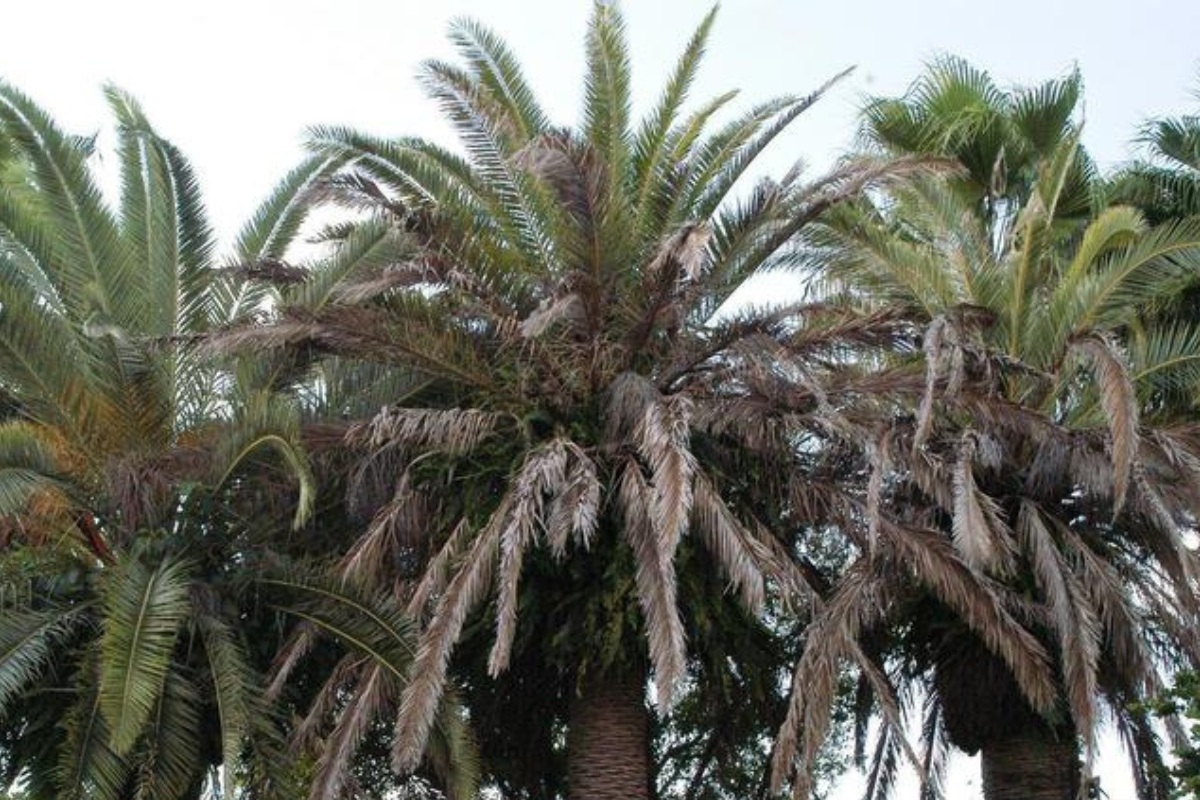
Lethal bronzing causes widespread canopy dieback and browning fronds, especially in Phoenix and date palms. Courtesy of: Monica Elliott, Symptoms of Palm Diseases and Disorders, USDA APHIS PPQ, Bugwood.org.
Palm Species at Risk of Developing Lethal Bronzing
Understanding which palms in your landscape are susceptible helps you make informed decisions about treatment, monitoring, and future plantings. Current research identifies over 21 palm species susceptible to lethal bronzing, with the list expected to grow as the disease spreads into Miami-Dade County’s rich palm diversity.
The economic impact extends far beyond individual properties. Research estimates the disease causes hundreds of millions of dollars in losses statewide, with some nurseries suffering massive losses when entire palm inventories become infected.
<h3> High-Risk Palms Common in South Florida:
Date Palm Family:
- Canary Island Date Palm (Phoenix canariensis)
- Pygmy Date Palm (Phoenix roebelinii)
- Wild Date Palm (Phoenix sylvestris)
- Edible Date Palm (Phoenix dactylifera)
Popular Landscape Palms:
- Christmas Palm (Adonidia merrillii)
- Queen Palm (Syagrus romanzoffiana)
- Coconut Palm (Cocos nucifera)
- Carpentaria Palm (Carpentaria acuminata)
Native and Regional Favorites:
- Cabbage Palm (Sabal palmetto) – Florida’s state tree
- Pindo Palm (Butia capitata)
- Chinese Fan Palm (Livistona chinensis)
- Bismarck Palm (Bismarckia nobilis)
Warning Signs of Lethal Bronzing in South Florida Palms
The key to protecting your palms lies in catching these diseases before they become visible. However, this creates a challenging situation for property owners because infected palms can harbor the disease for 4-5 months before any symptoms appear, making these diseases particularly dangerous.
First Warning Signs
Flowering and Fruiting Palms:
- Premature fruit drop (often the earliest detectable symptom)
- Flower spikes turning black and dying
- Inflorescence necrosis (death of flowering structures)
Non-Flowering Palms:
- Progressive frond death from bottom of crown upward
- Bronze or reddish-brown discoloration in older fronds
- Fronds turning gray and hanging down before dropping
Lethal Bronzing Disease Progression Timeline
Understanding the disease timeline helps you take appropriate action:
- Infection Occurs: The palm is infected, but no visible symptoms appear for 4-5 months
- Early Symptoms Appear: Fruit drop or flower death are the first visible signs.
- Frond Discoloration Begins: Older fronds at the bottom of the crown begin turning bronze or reddish-brown.
- Spear Leaf Dies: The youngest, central spear leaf at the top dies, marking the point of no return.
- Palm Dies: Once symptoms are visible, the entire palm typically dies within 2-3 months.
NOTE: The spear leaf, also called the terminal bud, represents the palm’s growing point where all new fronds emerge. When this central growth dies, the palm has lost its ability to produce new leaves and is effectively dead, even if some green fronds remain.
When Professional Diagnosis Becomes Essential
Lethal bronzing symptoms often mimic other palm problems, making professional evaluation critical for accurate identification. Conditions commonly confused with lethal bronzing include:
- Potassium deficiency (which takes years vs. months to kill palms)
- Fusarium wilt in susceptible species
- Normal aging of palm fronds
- Environmental stress from drought or cold
Professional testing involves collecting sawdust samples from the palm’s core using sterile equipment and laboratory analysis to detect the presence of phytoplasma bacteria. Many county Extension offices can guide you through proper sampling techniques and connect you with diagnostic laboratories for accurate testing.
How to Prevent Lethal Bronzing and Lethal Yellowing
While no cure exists for palms already showing symptoms of lethal bronzing or lethal yellowing, preventive treatment can protect healthy palms in areas where the disease has been detected.
Antibiotic Injection Protocols
The primary prevention method involves quarterly injections of oxytetracycline HCl (OTC) directly into the palm trunk. This systemic antibiotic helps prevent new infections by creating an inhospitable environment for the phytoplasma bacteria.
Treatment specifications include injections every 3-4 months, minimum 2-year treatment programs, and treatments that must begin before symptoms appear to be effective.
Immediate Removal of Infected Palms
Once a palm tests positive or shows visible symptoms, removal is the only option. Infected palms cannot be saved, and leaving them in place risks rapid spread to surrounding trees.
Professional removal is critical for both safety and disease control. Certified Arborists follow strict protocols to ensure complete eradication of the infected material:
- Site Assessment: Thorough evaluation of overhead lines, nearby structures, and equipment access routes to ensure safe removal procedures.
- Equipment Staging: Strategic positioning of specialized equipment including cranes for large palms in confined spaces where traditional removal methods aren’t feasible.
- Systematic Dismantling: Careful removal starting with fronds and working methodically down the trunk to prevent damage to surrounding landscape features.
- Complete Debris Removal: Total cleanup including root system grinding to eliminate all potential pathogen sources from your property.
- Area Sanitization: Final treatment of the removal site to eliminate any remaining disease organisms and prepare the area for future planting.
Protecting Your Remaining Palms
After removing infected palms, protecting your remaining palm investment becomes the priority through testing all palms within 150 feet of infected trees, beginning preventive antibiotic treatment programs, monitoring weekly for new symptom development, and maintaining detailed records of treatment dates and palm health status.
Breakthrough Research and Future Solutions
The 2023 research breakthrough identifying chemical signals between infected and healthy palms opens new possibilities for disease management. Scientists are exploring ways to use natural palm volatiles as direct treatments, stimulate palms to produce their own defenses, develop early detection systems based on chemical emissions, and create environmentally friendly prevention methods.
“In our 50 years serving South Florida, we’ve never seen a palm disease spread as aggressively as lethal bronzing. The key is early detection and immediate action – once symptoms appear, we’re focused on protecting the surrounding palms rather than saving the infected tree. Our Certified Arborists have extensive experience with both testing protocols and preventive treatment programs.” – Jonathan Wolfson, Owner of Sherlock Tree Company
Frequently Asked Questions About Lethal Bronzing and Lethal Yellowing in South Florida Palms
Can lethal bronzing be spread through pruning tools?
No, lethal bronzing cannot be transmitted mechanically through pruning tools or other equipment. The phytoplasma bacteria cannot survive outside of living plant or insect tissue, making tool sterilization ineffective for preventing this specific disease. However, proper tool sanitation remains important for preventing other palm diseases.
How long do antibiotic treatments remain effective?
Current research suggests antibiotic treatments provide protection only while the palm maintains therapeutic levels of oxytetracycline. Most programs require injections every 3-4 months for at least two years, with some properties continuing indefinitely in high-risk areas. The treatment doesn’t provide permanent immunity.
Are all palm species equally susceptible to lethal bronzing?
No, susceptibility varies significantly among palm species. While over 21 species are confirmed susceptible, many others show resistance. Notably, Washingtonia palms (Mexican Fan Palm and California Fan Palm) have not shown susceptibility despite growing in areas with active lethal bronzing infections.
Can healthy palms be planted in areas where infected palms were removed?
Yes, but choose resistant species when possible. The phytoplasma cannot survive in soil without plant hosts, so the area doesn’t remain contaminated. However, the insect vectors remain active in the area, making preventive treatment programs advisable for newly planted susceptible species.
How quickly does lethal bronzing spread between palms?
Spread depends on both insect populations and palm proximity. The palm cixiid can fly short distances but may also be transported by wind or vehicles. Properties with multiple palm species often see infections spread over months to years rather than days or weeks.
What should I do if I suspect lethal bronzing in my palms?
Contact a Certified Arborist immediately for professional evaluation. Collect samples for laboratory testing through your county Extension office, and avoid any palm care activities until diagnosis is confirmed. Early professional intervention significantly improves outcomes for surrounding palms.
Let Sherlock Tree Protect Your South Florida Palms from Lethal Bronzing
Lethal bronzing and lethal yellowing represent serious threats to South Florida’s iconic palm landscapes, but you can take effective steps to protect your investment. Early detection through regular monitoring, professional testing when symptoms appear, and preventive treatment programs for high-value palms provide your best defense against these deadly diseases.
Don’t wait until symptoms appear; prevention is your best strategy for maintaining healthy, beautiful palms free from lethal bronzing on your South Florida property. Call Sherlock Tree Care at 954-788-4000 to discuss a protection plan and get started today.
Call Sherlock for quality tree services
Whether you're looking for specific tree care services, such as palm trimming, tree removal, or disease treatments, or would like one of our Arborists to examine your trees to identify any issues and recommend options, we're always here for you! Just give us a call at 954-788-4000 to set up an appointment.
SEE MORE ARTICLES
Looking for more?
We've got you covered with a monthly newsletter full of tips, resources, updates, how-to's, and other helpful information about trees and landscapes in South Florida!

